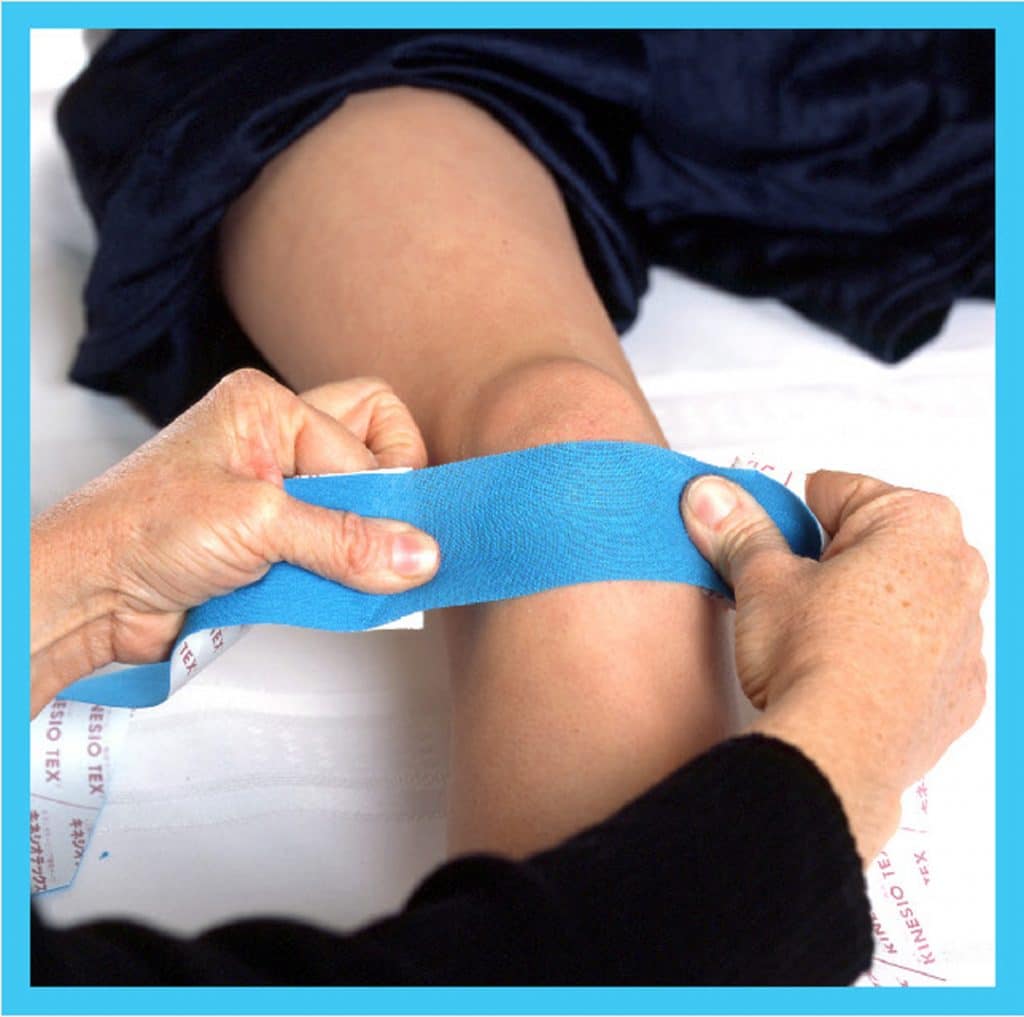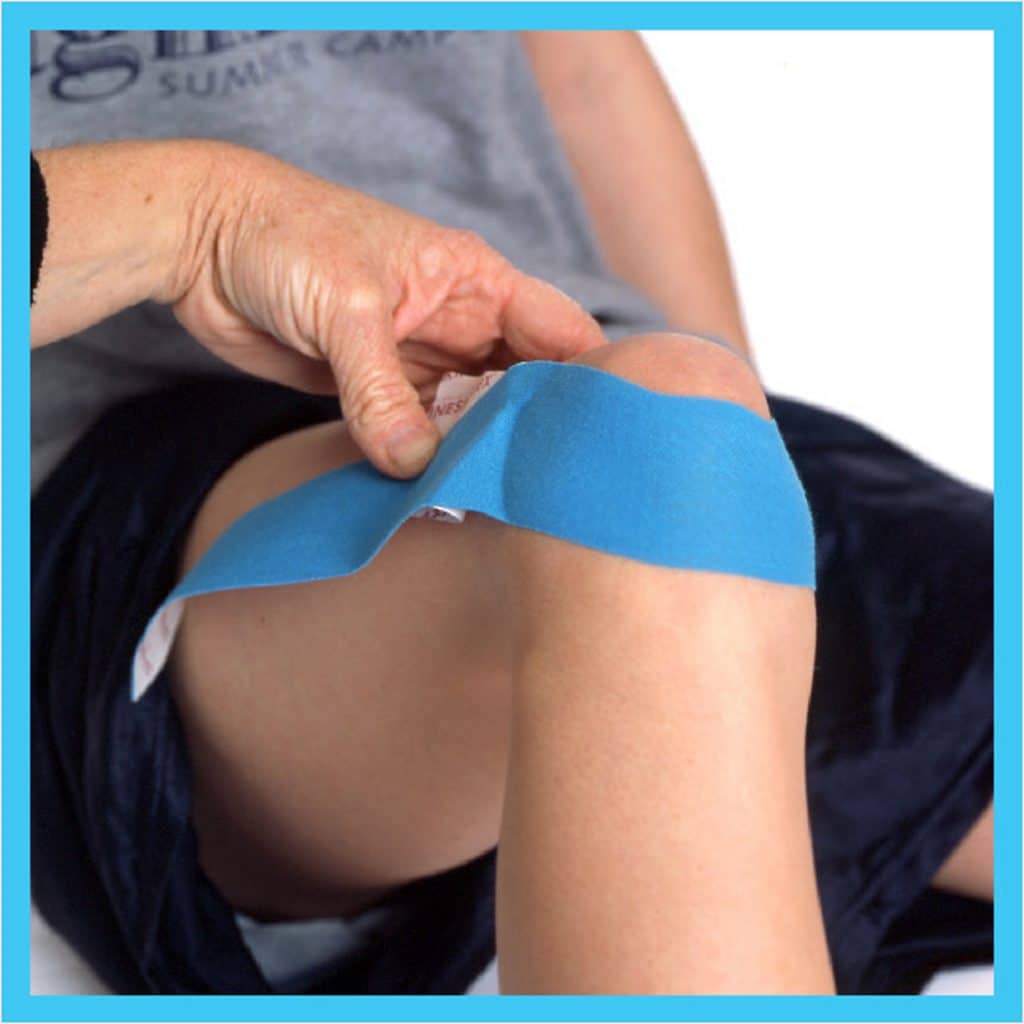Apr 5th 2021
Patellar Tendonitis – Pediatrics
Patellar tendonitis is often seen in adolescent athletes. Children go through rapid growth spurts, often creating additional muscle imbalances. The femur is the longest bone in the body, and as it grows, the range of motion in the quadriceps and hamstrings often becomes limited. A full lower extremity biomechanical assessment is essential to establish the cause of knee pain, and to assist in determining exercises to combine with the taping techniques chosen. This technique can be used for adolescents with Osgood-Schlatters tibial tuberosity apophysitis.
| A 2 inch “I” tape. Mechanical Assist | |
|
 |
|
 |
|
 |
| This technique may be combined with a quadriceps assist, to give increased stability to the knee joint. | |
Get More Taping Applications Like This In Kinesio Taping in Pediatrics, Fundamentals and Whole Body Taping |
 |

